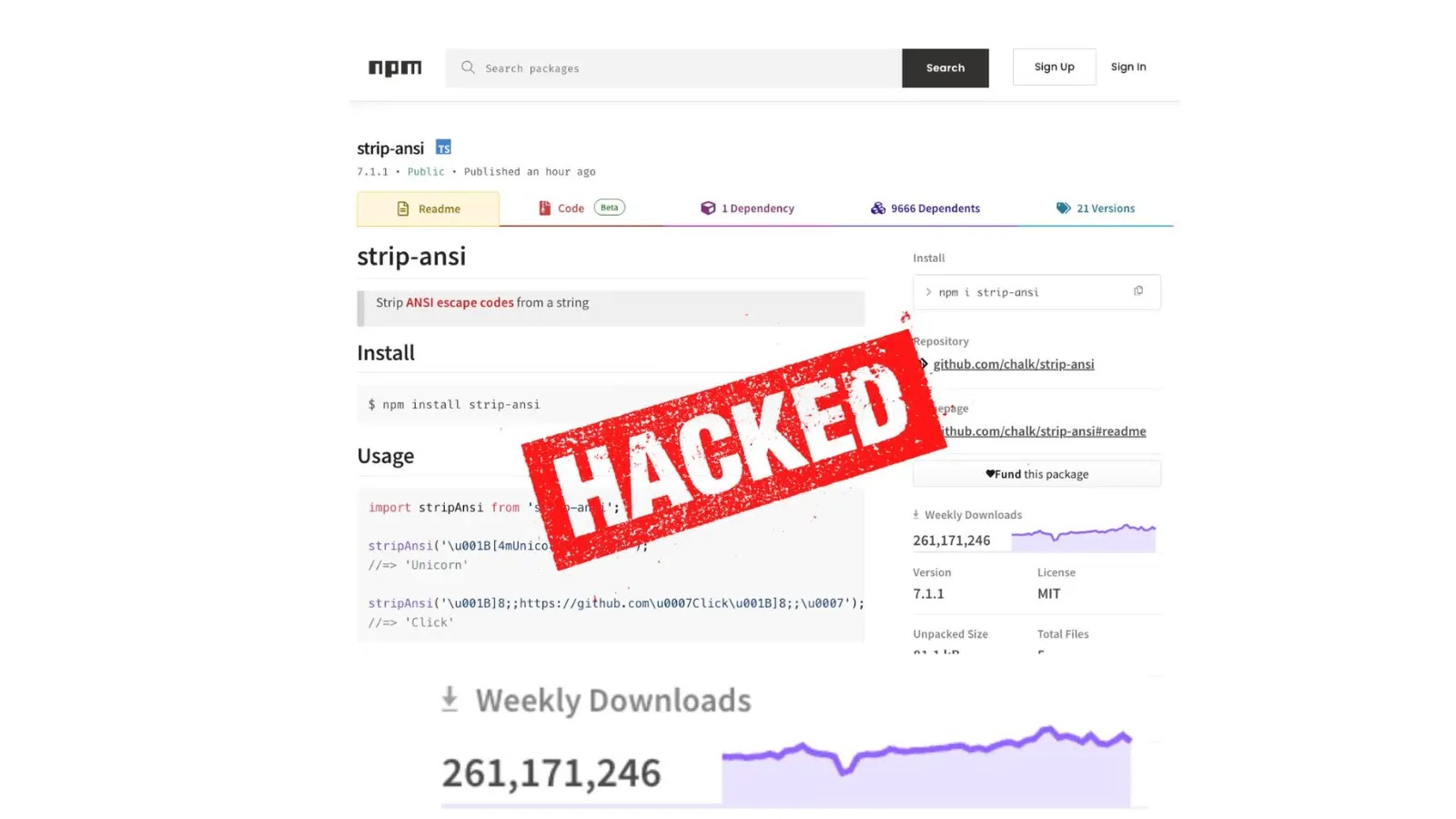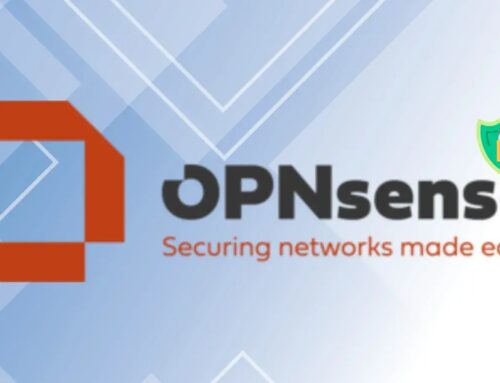
Hackers Hijacked 18 Very Popular npm Packages With 2 Billion Weekly Downloads
The integrity of the software supply chain is paramount for any organization. When core components of that chain are compromised, the ripple effects can be catastrophic. A recent and significant incident has sent shockwaves through the development community: the large-scale hijacking of 18 highly popular npm packages, collectively downloaded over two billion times per week. This attack underscores the insidious nature of supply chain vulnerabilities and the constant vigilance required to mitigate them.
Theatomy of the npm Supply Chain Attack
Beginning around September 8th, threat actors initiated a sophisticated supply chain attack targeting the widely used npm ecosystem. This campaign involved the infiltration and malicious modification of 18 distinct npm packages. The sheer scale of this compromise is staggering, encompassing packages that are foundational to countless applications and development workflows. The primary objective of the attackers was to inject malicious code designed specifically for cryptocurrency theft.
Among the high-profile packages impacted by this incident are:
chalk: A popular library for styling terminal output.debug: A utility for debugging Node.js applications.ansi-styles: A dependency for various console styling libraries.supports-color: Detects terminal color support.
The malicious code inserted into these seemingly innocuous packages was crafted to extract cryptocurrency funds from unsuspecting users. This highlights a growing trend where attackers leverage trusted software components to deliver payload, often going undetected for a considerable period.
Understanding the Impact
The implications of such a widespread compromise are far-reaching. Developers and organizations relying on these compromised packages may have inadvertently incorporated malicious code into their own applications. This could lead to:
- Financial Loss: Direct theft of cryptocurrency from users whose systems executed the malicious code.
- Reputational Damage: For organizations whose applications became vectors for the attack.
- Data Exfiltration: While cryptocurrency theft was the primary observed objective, such access could potentially be leveraged for other forms of data exfiltration or system compromise.
- Development Interruption: The need to identify, replace, and re-deploy affected components can significantly disrupt development cycles.
The method of attack, specifically the injection of malicious code, is a classic example of software supply chain interference. This particular incident serves as a stark reminder that even widely adopted and seemingly secure open-source components are not immune to sophisticated attacks.
Remediation Actions for Developers and Organizations
Addressing this npm package compromise requires immediate and decisive action. Organizations and individual developers must embark on a systematic remediation process to ensure their systems and applications are secure.
- Audit Dependencies: Immediately review your project’s
package.jsonandpackage-lock.json(oryarn.lock) files to identify if any of the compromised packages are direct or transitive dependencies. Look for unexpected version bumps or changes not initiated by your team. - Update Packages: Apply the latest, clean versions of all affected npm packages. Ensure you are pulling from official and trusted repositories. Use commands like
npm updateoryarn upgrade, but verify the integrity of the updated versions. - Scan Your Codebase: Utilize static application security testing (SAST) and software composition analysis (SCA) tools to scan your source code and its dependencies for known vulnerabilities and malicious patterns.
- Monitor Network Traffic: Implement enhanced network monitoring to detect unusual outbound connections or cryptocurrency-related activities from development environments or production systems that might have been compromised.
- Revoke Credentials: If there’s any suspicion that build systems or developer machines were compromised, immediately revoke access tokens, API keys, and other sensitive credentials that may have been exposed.
- Educate Your Teams: Reinforce best practices for supply chain security, including careful vetting of third-party dependencies, implementing integrity checks, and maintaining secure development environments.
Tools for Detecting Supply Chain Vulnerabilities
Proactive security measures are crucial. Several tools can assist in detecting and mitigating supply chain vulnerabilities within your development pipeline.
| Tool Name | Purpose | Link |
|---|---|---|
| Snyk | Software Composition Analysis (SCA), Open Source Security | https://snyk.io/ |
| Dependabot (GitHub) | Automated dependency updates & vulnerability alerts | https://docs.github.com/en/code-security/dependabot/dependabot-security-updates/about-dependabot-security-updates |
| OWASP Dependency-Check | Identifies project dependencies and checks for known vulnerabilities | https://owasp.org/www-project-dependency-check/ |
| npm audit | Audits project dependencies for security vulnerabilities | https://docs.npmjs.com/cli/v8/commands/npm-audit |
Looking Ahead: Fortifying the Software Supply Chain
This npm supply chain attack serves as a stark reminder of the evolving threat landscape. The reliance on open-source components, while fostering rapid innovation, also introduces a broader attack surface. For developers and organizations, the takeaway is clear: adopt a proactive, security-first approach to dependency management. Regularly audit your dependencies, integrate security scanning into your CI/CD pipelines, and stay informed about emerging threats. Continuous vigilance and robust security practices are the only effective defense against the persistent and sophisticated supply chain attacks targeting modern software development.





